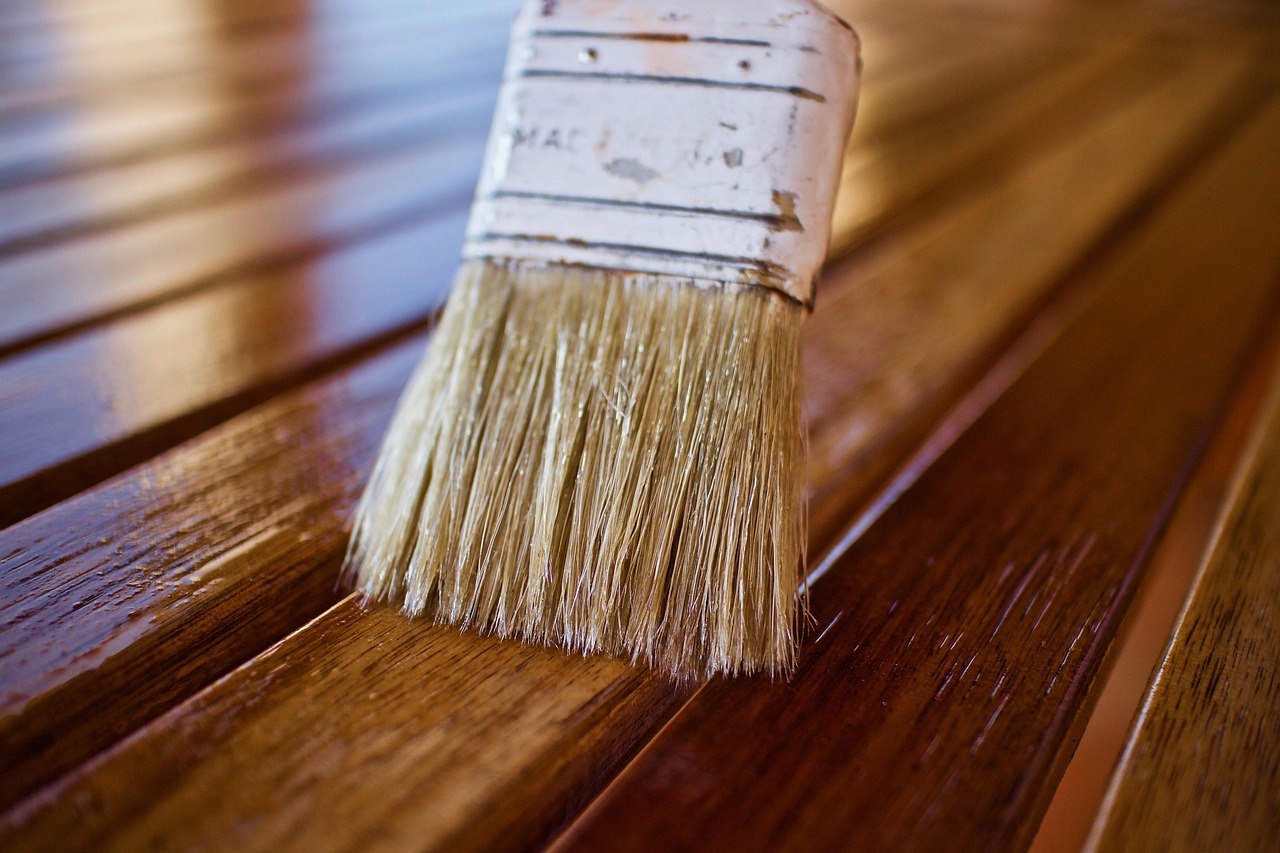Tips & Tricks - Part 1
Guidance for Upcycling - Part 1
Introduction to Upcycling
Upcycling is a creative and eco-friendly way to breathe new life into old or unused items by transforming them into something of higher value. It not only reduces waste but also allows you to showcase your creativity and create unique pieces for your home or as gifts for others.
Benefits of Upcycling
- Reduces waste and promotes sustainability
- Encourages creativity and innovation
- Provides an opportunity to personalize your belongings
- Saves money by repurposing items instead of buying new ones
- Helps to reduce the demand for new raw materials
Getting Started with Upcycling
If you're new to upcycling, here are a few tips to help you get started:
1. Start Small
Begin with simple projects such as upcycling glass jars into candle holders or repurposing old t-shirts into tote bags. This will help you build confidence and skills before tackling more complex projects.
2. Gather Supplies
Collect basic upcycling supplies like paint, glue, scissors, and any specific materials needed for your chosen project. You can often find materials for upcycling around your home or at thrift stores.
3. Get Inspired
Browse online platforms like Pinterest or Instagram for upcycling ideas and tutorials. Drawing inspiration from others can help spark your creativity and give you new ideas for your projects.
Examples of Upcycling Projects
Here are a few popular upcycling projects to consider:
1. Upcycled Furniture
Transform old furniture pieces such as dressers, tables, or chairs with a fresh coat of paint, new hardware, or creative decoupage techniques.
2. Repurposed Clothing
Give new life to old clothing items by turning them into trendy accessories, quilts, or even new garments with a bit of sewing and creativity.
3. DIY Home Decor
Create unique home decor pieces like wall art, planters, or storage containers using items like old frames, cans, or bottles.
Conclusion
Upcycling is a rewarding and sustainable way to express your creativity while reducing waste. Stay tuned for Part 2 of our guidance for more upcycling tips and project ideas!
 Back to Top
Back to Top
